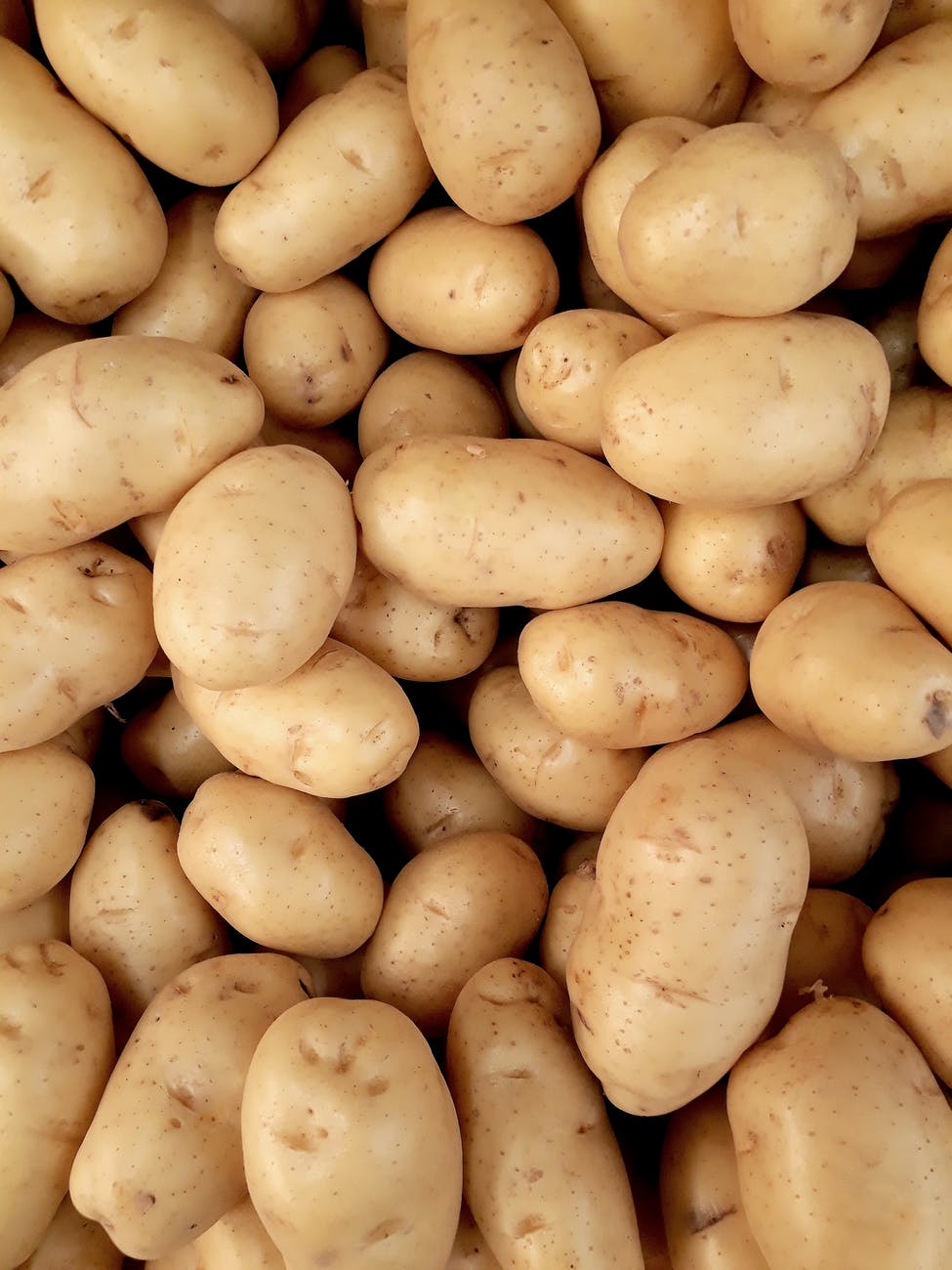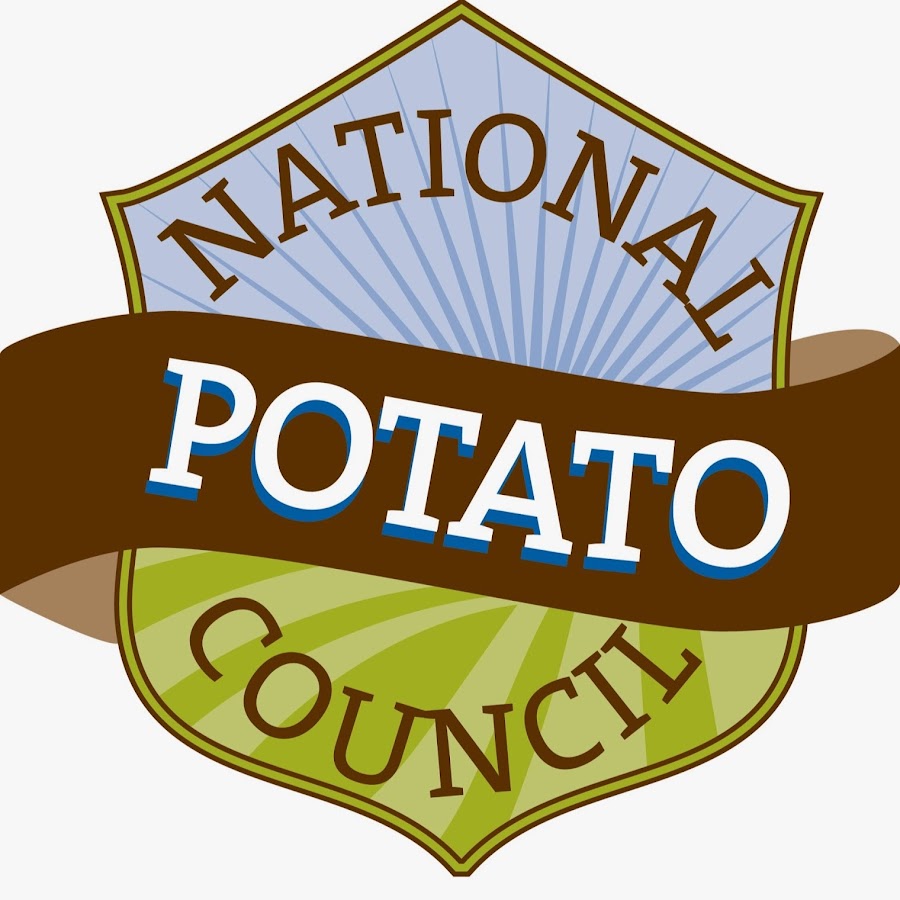By Clint Thompson


Potato producers are not immune to the supply chain woes befallen other specialty crops. Kam Quarles, Chief executive officer of the National Potato Council, discusses the issues that are concerning to the potato sector.
“For this past year, it’s been a really tight market. I think the challenge going forward is in regard to inputs. Fertilizer prices are through the roof. Hard to get, pre-planting pesticides, if you can get the supply, prices are way up,” Quarles said. “Looking forward, I think folks are very concerned about the supply chain breakdown and these inflationary pressures that are hitting the industry. Last year’s crop was by and large a good crop. As we’re getting into planting season here, there’s a lot of challenges related to inflation and the supply chain.”
According to the Florida Potato Growers Association, potato plantings begin in early October in South Florida and end in March in North Florida. Harvests last from January to June. Georgia producers are starting to plant their crop as well.
Considering the climate of the Southeast and the crop’s propensity to pest and disease pressure, inputs are a necessity for successful production.
“Potatoes are the most widely grown among specialty crops. There’s commercial production in over 30 states in the U.S. Because of that wide production and distribution, you’ve got different challenges depending on where you are,” Quarles said. “In order to produce them well, you’ve got to deal with pests and disease issues, depending on where you are. Access both to fertilizers as well as pesticides is really important for being able to produce.”










